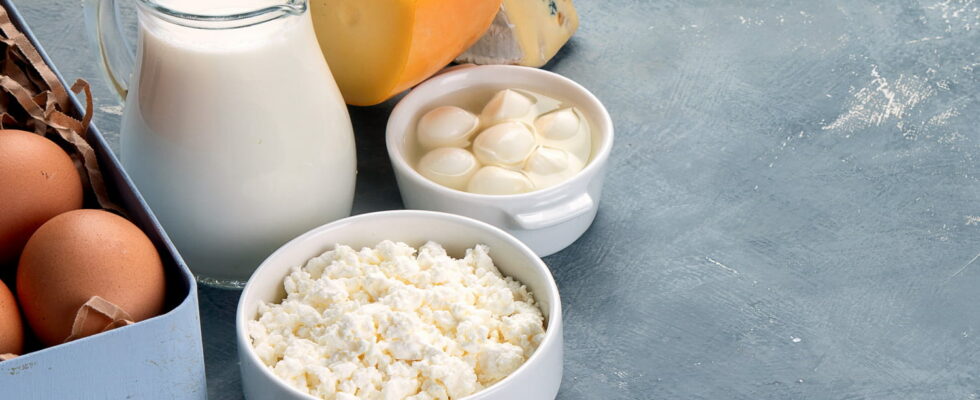Although PCBs, or polychlorinated biphenyls, have been banned in France since 1987, their effects on health are still relevant. Food is the primary source of PCB contamination.
PCBs have been banned in France since 1987 because of their proven toxic effects on the respiratory system. Food was the main route of contamination for the general population (more than 90% of total exposure). Explanations with Dr. Delphine Praud, epidemiologist at the Leon Berard Cancer Center.
Definition: what are PCBs?
Massively manufactured in the 1920s, PCBs, or polychlorinated biphenylsare synthetic chemical compounds, that is, they do not occur naturally. PCBs have the particularity of containing chlorine atoms. There are 209 congeners depending on the number of chlorine atoms the compound contains. Not very soluble, PCBs were then of interest in the industrial environment because they are stored in fat, undergo little heat and vapor pressure, are non-flammable and are therefore very difficult to degrade. PCBs are also known as pyralene, a product widely used at the time in electrical transformers. Depending on the congener, the researchers noticed that the effects on the environment and health are different. PCBs are in any case semi-volatile and can therefore be found in the air. They are thus classified among the endocrine disruptors and persistent organic pollutants.
Where are PCBs found?
food is the primary source of PCB contamination (90% of total exposure). Since PCBs are present in the air, they can be deposited in particular in water and plants then eaten by animals. They are also found in eggs and dairy products. “We therefore say that they contaminate the food chain because we then consume fish or the meat which may have been contaminated with PCBs“, laments Dr. Delphine Praud, epidemiologist at the Leon Berard Cancer Center. But in the 1930s to 1970s, PCBs were mainly used in industrial capacitors and in sealants, paints, inks, rubber products, some electronics and some oils for their low flammability properties. “So we can find them in interiors, in very old paintings“, alert Delphine Praud. Even today, the depollution of old electronic devices, for example, can expose the employees of these sites to PCBs.
What are the health effects of PCBs?
“The toxic effects of PCBs were proven in the 1980s. PCBs have effects on the respiratory system – respiratory infections, lung cancer – but links have also been demonstrated at the level neurological, endocrine (thyroid) or with breast cancer“, explains the epidemiologist. In the human body, these molecules accumulate preferentially in adipose tissue (in fat). Their elimination is slow (several years) and occurs through the stool. High exposure to PCBs ( accidental discharges, professional activities) can also cause skin (chloracnea, nail and skin pigmentation), eye (hypersecretion) effects and troubles liverworts (transient alteration of hepatic enzyme activity).
Are PCBs prohibited or authorized in France?
I’use and production of PCBs have been totally banned in France since 1987. But the PCBs used at the time can still have consequences today. For example, before 1987, PCBs were used in some electronic devices. During their depollution today, the PCBs they contain spread through the air and are deposited in water or on elements which can then be ingested by animals and fish, then eaten by humans. Control tests are thus carried out to check the level of PCBs present in a fish. Above a certain threshold, the marketing of this fish is prohibited.
“It is very difficult to assess one’s exposure to PCBs. Limiting it is therefore complex. If you live in an old dwelling, it is better to renovate it. As for food, there is no way of knowing, on an individual scale, if a food has been contaminated or not and in what quantity. But regulatory levels are set and controls are carried out.“
Thanks to Dr. Delphine Praud, epidemiologist at the Leon Berard Cancer Center.
